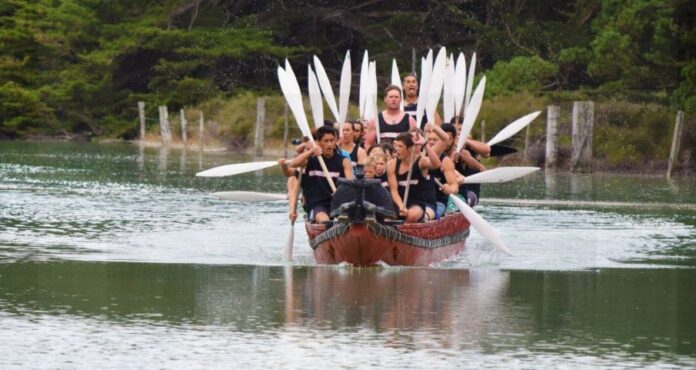As the dawn breaks across the picturesque landscapes of New Zealand, the country awakens to celebrate Waitangi Day, a pivotal moment in its history that commemorates the signing of the Treaty of Waitangi in 1840. This day is not just a public holiday; it’s a profound reflection of unity, diversity, and the ongoing dialogue between Māori and Pākehā (non-Māori New Zealanders).
The Origins of Waitangi Day
Waitangi Day marks the establishment of British governance in New Zealand and the agreement between the British Crown and over 500 Māori chiefs. The Treaty of Waitangi, signed on February 6, 1840, aimed to protect Māori land, forests, and fisheries while ensuring British law and order. However, interpretations of the treaty have varied, leading to long-standing discussions and disputes over land rights, sovereignty, and cultural identity.
Celebrations Across the Nation
From the small, serene towns to the bustling cities, New Zealanders gather in various ways to honor this day. At the Treaty Grounds in Waitangi, Northland, the birthplace of the treaty, ceremonies, cultural performances, and educational workshops are held. Here, the day starts with a traditional pōwhiri (welcome ceremony), followed by speeches from leaders across the political and cultural spectrum.
In Auckland, Wellington, and Christchurch, public events include waka (canoe) races, haka performances, and concerts that showcase both traditional and contemporary Māori arts. Schools often host events where students learn about the significance of the treaty, fostering a sense of national pride and understanding among the younger generation.
A Day for Reflection and Dialogue
While Waitangi Day is festive, it’s also a time for critical reflection. Over the years, it has become a platform for addressing issues of land rights, cultural recognition, and social justice. Protests and discussions regarding treaty settlements, land claims, and the broader implications of colonial history are part of the day’s narrative.
This year, amidst celebrations, there’s a focus on the revitalization of the Māori language, Te Reo, which has seen a resurgence thanks to dedicated efforts across education and media. New initiatives in technology and social media are making the language more accessible to all New Zealanders.
The Future of Waitangi Day
As New Zealand continues to navigate its multicultural identity, Waitangi Day plays a crucial role in shaping national consciousness. It’s a reminder of the responsibilities that come with sharing a land with rich, complex histories. The day encourages open conversations about how to move forward together, respecting both the past and the cultural tapestry of the present.
Voices from the Community
To understand the pulse of Waitangi Day 2025, we spoke to various New Zealanders:
Hine, a Māori language teacher: “Every Waitangi Day, I see my students gaining more appreciation for our culture. It’s about healing and moving forward with pride in our language and traditions.”
Jake, an immigrant from South Africa: “I’ve learned so much since moving here. Waitangi Day really opens up a dialogue about what it means to be Kiwi, embracing all cultures but acknowledging our unique history.”
Sarah, a local politician: “It’s crucial we keep this dialogue alive. Waitangi Day isn’t just about looking back; it’s about how we build our future together.”
Conclusion
As New Zealand celebrates Waitangi Day, the country not only honors a historical moment but also reaffirms its commitment to unity, reconciliation, and cultural understanding. It’s a day that encapsulates the spirit of Aotearoa New Zealand – a nation striving for balance between tradition and modernity, remembrance and progress. Happy Waitangi Day to all Kiwis, as we reflect on our shared past and look forward to a collective future.



